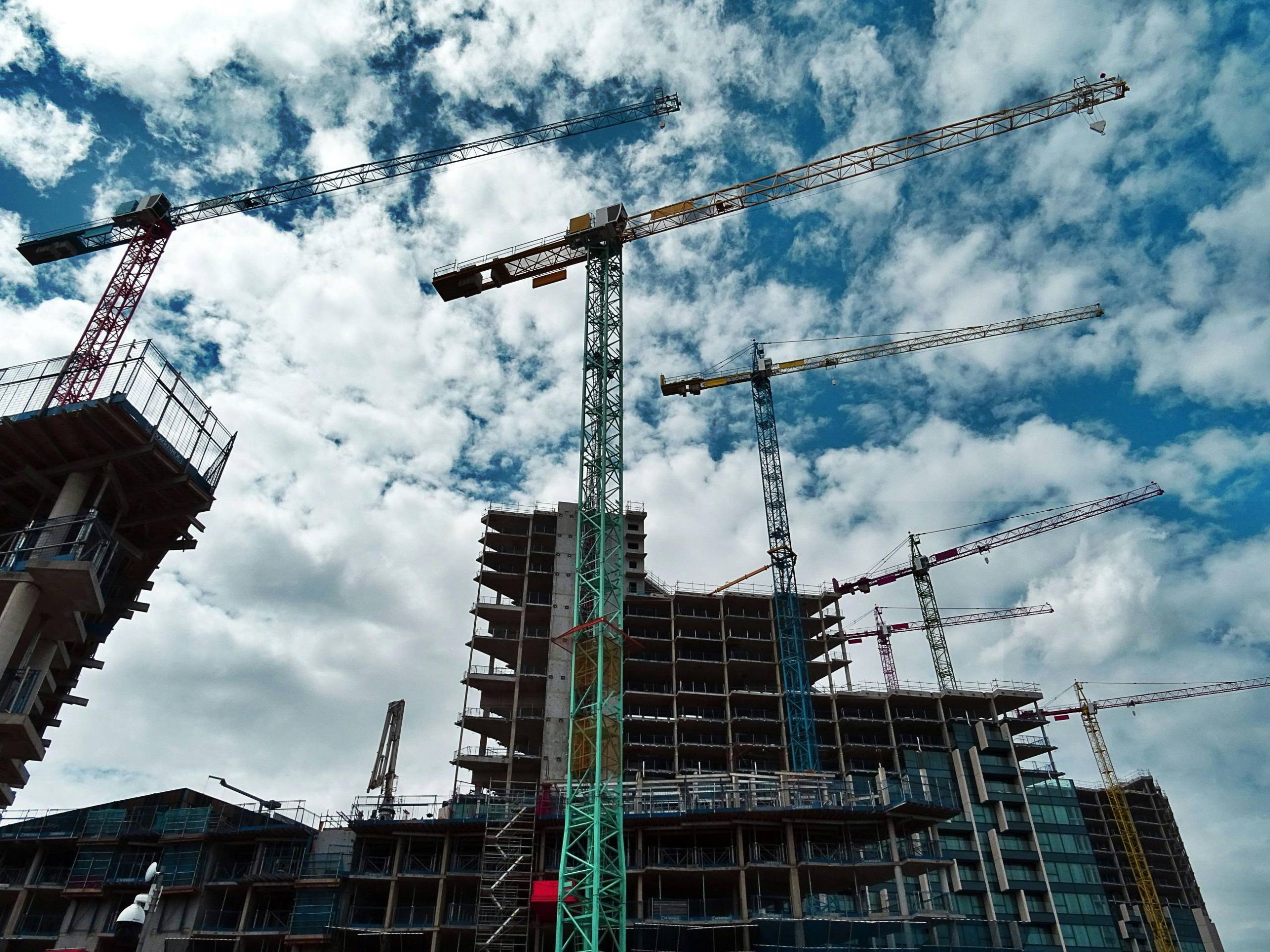In the evolving realm of real estate development today developers are facing challenges due to the rising costs associated with construction. Whether it’s the expenses related to materials, labor, or meeting regulatory standards the financial burden of bringing a project to fruition is reshaping how the industry functions. This piece delves into the impacts of escalating construction costs on real estate development and explores strategies to overcome these hurdles.
Unraveling the Cost Puzzle
Construction expenditures encompass a variety of factors that can fluctuate based on market conditions, regulatory changes, and global events. The uptick in prices—driven by disruptions in supply chains and increased demand—has significantly influenced the trajectory of construction costs. Moreover, shortages in labor and escalating wages add another dimension to this cost puzzle making it increasingly challenging for developers to adhere to project budgets and timelines.
Rising Costs of Building Materials
Due to disruptions in the supply chain trade conflicts worldwide and a surge in demand construction materials prices have significantly increased. Developers are now dealing with elevated procurement expenses for items like wood, steel, and concrete which is putting a strain on project budgets.
Challenges with Workforce Availability and Wage Increases
The construction sector is experiencing shortages in labor due to changes in demographics and skilled workers moving elsewhere. Consequently, wages are going up leading to project costs and putting pressure on developer profits.
Regulatory Compliance and Permitting Costs
Meeting standards and obtaining permits can be costly for developers due to regulations and permitting procedures. Building codes, rules, and zoning laws add expenses making it financially challenging for developers.
Global Events
Market volatility and global events like conflicts, natural disasters, and pandemics can disrupt supply chains worsen material shortages, and increase market instability. These uncertainties create challenges for developers in project planning and budgeting.
The implications of increasing construction costs are profound for developers, investors, and communities alike. Budget overruns, delayed timelines, and diminished profitability are common challenges faced by developers striving to remain competitive in a rapidly evolving market. Moreover, the affordability crisis intensifies as housing prices soar, exacerbating socio-economic disparities and limiting access to homeownership and rental opportunities.
Implications for Developers
For developers, the impacts of increasing construction expenses have widespread effects. One major consequence is the rise in construction project costs, as well as renovation project costs often resulting in budget exceedances and reduced profitability. This in turn can lead developers to reconsider the feasibility of ventures or the sustainability of existing ones compelling them to adjust their strategies and risk assessments.
Furthermore, these effects go beyond aspects affecting project schedules and development priorities. Delays in project completion caused by the necessity to secure funds or implement cost-saving measures can disrupt market dynamics and hinder economic progress. At the time rising costs may push developers towards luxury projects exacerbating affordability issues for middle and low-income families.
Addressing Affordability Challenges
The issue of affordability is becoming more critical in the real estate market due to the increasing costs of construction posing a challenge for communities worldwide. With housing prices on the rise to cover development costs finding affordable housing is becoming harder creating a gap between supply and demand. To address this issue policymakers and developers need to explore ideas to promote sustainable development practices.
One effective approach involves encouraging the use of construction technologies and methods that focus on efficiency and cost reduction. By prioritizing sustainability and resilience principles developers can not manage the impact of rising costs. Also, prepare their projects for future market changes and regulatory demands.
Collaboration and Innovation
Collaboration plays a role, in addressing the challenges brought on by increasing construction costs. It is essential, for developers, policymakers, and stakeholders to work to create strategies that balance financial sustainability with social and environmental factors. This collaborative effort involves implementing changes offering incentives and engaging with the community to promote fair and sustainable development.
Moreover integrating innovations and digital resources can simplify project management procedures optimize resource usage and improve cost-effectiveness. Whether it’s utilizing Building Information Modeling (BIM) advanced data analysis or artificial intelligence tools these technologies empower developers to make informed decisions and respond effectively to evolving market dynamics.
Future Outlook
In the changing world of real estate development dealing with the effects of increasing construction expenses remains an issue for those involved in the industry. While the future may seem uncertain it also offers opportunities for ideas, working together, and bringing about change. By adopting methods, making use of technology, and promoting growth developers can manage rising costs while creating a more resilient and fair future for communities around the globe.
In summary
The rise in construction costs presents obstacles to real estate development altering market trends and affordability concerns. From project expenditures to changing development priorities the impacts are extensive and varied. Nonetheless, through cooperation, creativity, and sustainable approaches developers can tackle these hurdles while nurturing strong communities. As we gaze toward what lies in addressing escalating construction costs emphasize the importance of comprehensive strategies that emphasize economic viability, social fairness, and environmental protection.

